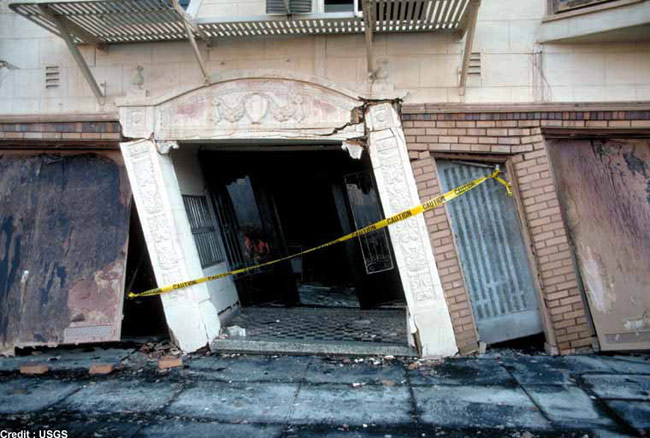
Earthquake Deaths to Reach 3.5 Million by 2100

The world's favorite places to live often owe their popularity to local geology that provides benefits, like earthquake faults that line up valleys and trap groundwater — but that also pose a hazard to the nearby population.
With the planet's growing population crowding more and more into these earthquake-prone regions, a new study predicts that 3.5 million people will have died in catastrophic earthquakes between 2001 and 2100. The toll will add additional stress to strapped aid agencies, said study author Tom Holzer, a geologist with the U.S. Geological Survey in Menlo Park, Calif.
"The more people [there are] on the planet, the higher the probability of more catastrophic earthquakes," Holzer told OurAmazingPlanet. "Most earthquakes don't actually kill anybody. What is required is a concentration of people in harm's way."
Massive population growth
Four catastrophic quakes (those that kill 50,000 or more people) have already hit since 2001. There was only one per century before 1900, and seven between 1900 and 2000. The total death toll from temblors so far this century is more than 700,000. [10 Biggest Earthquakes in History]
Holzer and USGS colleague James Savage analyzed historic records of earthquake deaths dating back to A.D. 856, then compared those events to world population estimates. Depending on which death catalog they used, the expected number of fatalities from catastrophic earthquakes in this century will be 2.3 million to 5 million, the study found. The most reliable catalog gives an estimate of 3.5 million, from 21 catastrophic earthquakes, Holzer told OurAmazingPlanet.
The results are detailed in the February 2013 issue of the journal Earthquake Spectra.
Sign up for the Live Science daily newsletter now
Get the world’s most fascinating discoveries delivered straight to your inbox.
Holzer, whose expertise is in earthquake risks from different soils, said his interest was sparked by a scientific talk on earthquake fatality rates. He said he was intrigued that there wasn't a one-to-one correlation between total global population growth and earthquake deaths. In fact, the ratio of global earthquake fatalities to world population has been steadily decreasing. "I kept looking until I knew what was driving this," he said.
More people, not more quakes
The researchers attacked the problem in a new way, with a statistical method that accounts for the planet's changing population. Holzer cautions that the increase in killer quakes isn't from more frequent earthquakes, but from more people living in poorly constructed buildings in shake-prone regions.
"There are places, like along the front of the Himalayas, that are just waiting for another disaster," he said. "China, the Middle East and many of the cities in these places just don't design to resist earthquakes. If we don't address this, we're going to see many more catastrophes than we've seen historically, and humanitarian aid efforts are going to be stressed even more over this century. We're going to see more Haiti-type situations."
Remote areas at risk, too
But urban growth isn't all to blame. In 2005, more than 50,000 people died when and earthquake in the Kashmir region of Pakistan devastated a string of villages. And the broad reach of tsunamis can sweep away multitudes in sparsely populated areas.
About 62 percent of the world's population lives in countries with a significant seismic hazard, or risk of earthquakes.
In a study published in 2009, scientists calculated that an earthquake with a million fatalities could be expected once a century if the world's population reaches 10 billion, as the United Nations predicts will happen in 2083.
Reach Becky Oskin at boskin@techmedianetwork.com. Follow her on Twitter @beckyoskin. Follow OurAmazingPlanet on Twitter @OAPlanet. We're also on Facebook and Google+.











